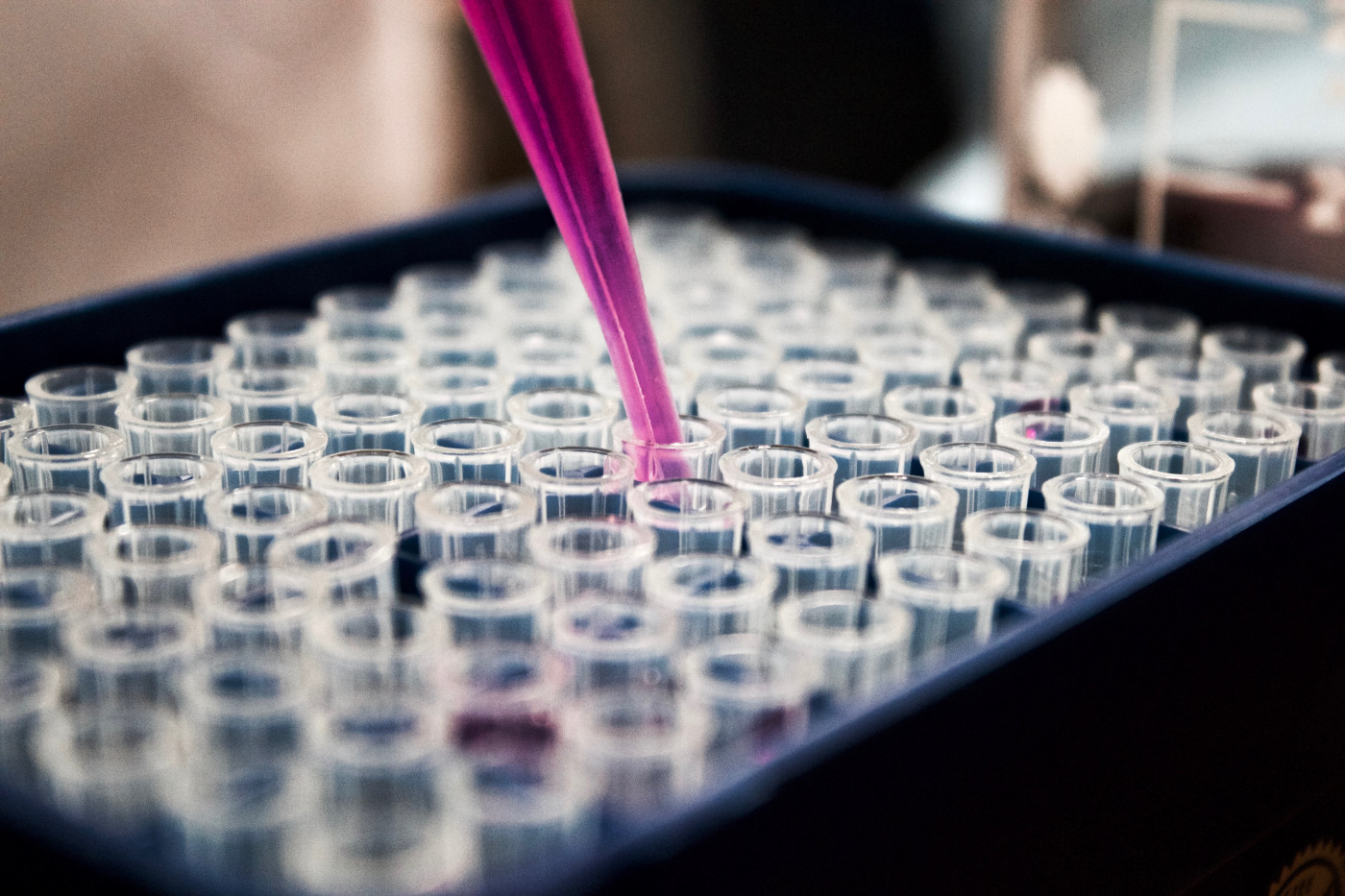Plant Compound, Berberine, Seen to Clear Protein Clumps That Mark SBMA

Berberine, a plant-derived compound often used in Chinese medicine, is able to clear the toxic protein clumps found in neurodegenerative diseases such as spinal and bulbar muscular atrophy (SBMA), amyotrophic lateral sclerosis (ALS), and frontotemporal dementia, an early study in motor neurons suggests.
The study, “Enhanced Clearance of Neurotoxic Misfolded Proteins by the Natural Compound Berberine and Its Derivatives,” was published in the International Journal of Molecular Sciences.
SBMA, also known as Kennedy’s disease, is a rare form of spinal muscular atrophy (SMA) that mostly affects men. It is characterized by widespread muscle weakness and wasting in the arms, legs, head, and neck that starts in adulthood.
The disease is caused by mutations in the AR gene, which provides instructions for making the androgen receptor that is involved in the signaling of male sex hormones (androgens). The mutations lead to an abnormal expansion in the AR gene sequence, resulting in the production of a much larger and dysfunctional protein.
Studies suggest that the faulty androgen receptor acquires an abnormal conformation when bound to androgens, such as testosterone, that is prone to clumping. This results in toxic protein aggregates forming within motor neurons (the nerve cells that control movement) and muscle cells, causing these cells to die.
Berberine, a natural compound found in plants such as barberry, Oregon grape, and tree turmeric, has shown promise in a number of neurodegenerative diseases also characterized by the buildup of toxic protein aggregates. But whether it works to prevent protein aggregation and to clear toxic clumps from cells is unknown.
Researchers at the Università degli Studi di Milano, Italy, examined the effects of berberine, as well as some of its semisynthetic derivatives developed by Naxospharma, in the toxic androgen receptor clumps that accumulate in SBMA.
They engineered a motor neuron cell line to carry a mutated form of the AR gene. As seen in patients, the amount of toxic androgen receptor aggregates increased in the presence of testosterone.
Treatment with berberine was able to counteract these effects, lowering the amount of androgen receptor proteins and their aggregates in a dose dependent manner. A form of the receptor not yet bound to testosterone and without its abnormal folding was also cleared by this treatment.
To investigate how berberine was clearing out these proteins, researchers examined two cellular mechanisms through which cells dispose their faulty or old components: autophagy, a mechanism used to remove large cellular components, and the proteasome, the main pathway for protein degradation.
They found that berberine was triggering the breakdown of faulty androgen receptor proteins by activating the proteasome degradation mechanism, and that semisynthetic derivatives of berberine — called NAX014, NAX035, and NAX117 — were also able to lessen aggregation.
Notably, similar effects for both berberine and its derivatives were seen in cellular models of ALS and frontotemporal dementia, with treatment robustly clearing the mutant proteins and the toxic protein clumps that cause those diseases.
But these compounds failed to reduced the amount of mutated huntingtin protein and its aggregated forms in cell models of Huntington’s disease. This was surprising, the researchers said, since mutations in the HTT gene cause an elongation in the huntingtin protein that is very similar to what happens to the androgen receptor in SBMA.
“In this work, for the first time it has been demonstrated the beneficial effect of BBR [berberine] in the clearance of [mutated androgen receptor] in [motor neurons],” the researchers wrote. “Although, a detailed mechanism of action has not been provided, BBR might be interesting for SBMA.”
In addition, “the use of natural compounds able to cross the BBB [the blood-brain barrier] might represent a safe and useful treatment alone or in combination with other drugs,” they concluded.







